Member postings for gerry madden
Here is a list of all the postings gerry madden has made in our forums. Click on a thread name to jump to the thread.
| Thread: Wilding's Small Tower Clock |
| 16/03/2020 00:39:23 |
Ahhh yes Michael. I was wondering how long it would take for the deliberate error to be spotted ! I think I must have been mixing things with 'John Wild', the clock man in Sheffield. ...Damn corona.. playing havoc with the brain cells... |
| 15/03/2020 20:16:06 |
Hi Clockmakers, I have embarked on the above to keep me busy while the world goes into lockdown. Right now I'm drawing it all up so I can see properly how it all fits together. I plan to make a few "upgrades" (time will be the judge of that!) but there's also a few things that I don't quite understand. For example:- 1) On the pallet arbor there is no bearing bush on the pendulum end. The shaft runs directly in the apron. If it's because there is little load on this shaft, he could have done this at the other end but he didnt. What am I missing ? (I think I might try PTFE here anyway.)…..ahhhh as I write its just occurred to me that this might be his way of being able to adjust the end-float for the shaft. 2) The crutch assembly comprises of a fulcrum block and an arm. There are beat adjusting screws on the arm which move the fulcrum block. Then on the fulcrum block there are adjustable crutch pins to take out the play. My simplistic thinking is that the two parts (arm and fulcrum) could be one, with the beat adjusting screws made to do both beat and rod clearance adjustments. Again, what might I be not seeing ? 3) Instead of wood, I thought I might use good old Tufnol for the barrel. Any negatives, apart from cost ? Gerry |
| Thread: lathe spindle runout |
| 02/03/2020 15:40:18 |
Martin C - ha ha, its true. I spend my day being pragmatic and cant stand others who delve in to things that really don't matter. At weekends I like to chase perfection for fun even when its stupid, which is most of the time Nigel B - you are absolutely right. NRR or non repetitive runout is often caused by rolling element size differences or shape errors. Its non repetitive because their own rotational speed relative to the raceway surfaces, and their speed around the bearing is not synchronised with the ring rotations. so they can produce almost random-like motion in the rotating shafts. NRR used to be a big challenge on computer hard-drive spindle brgs where precision was all, but I have never heard of it being and issue in big brgs before. Good to hear about your case. I have just rechecked my spindle face axial runout with the 'Hoppers Elephants foot' and it has really cleaned things up. Here's the set up:- And here's the results:- The spindle was turned by hand and the DI was pulled back to go over the bolt holes. I was careful not to touch the slides, (which I forgot to lock down anyway!) There is an obvious underlying runout but there is also clearly a non-repeating element to the figures of around half the magnitude of the fundamental. As was suggested by Michael G, with a very fine and slow grind, one could remove another micron or two from the repetitive runout but there is no simple way of removing the non-repititve part without improving almost every other part of the machine. Its difficult to say precisely what's causing the NRR but the main contributors have to be the drive train and bearings When I got the machine the belts (6 ribbed poly-vee) had a pronounced sets moulded in and these caused an audible bump every time they hit one of the pulleys. So I sliced the belts into two 3-ribbed pieces and staggered the moulding inconsistencies. This really reduced the noise and although I didnt think of it at the time must have helped the true running of the spindle. Perhaps there are some better belts available which wont cost an arm and a leg. Of course runouts in the pulleys themselves will cause load variation too. As for the bearings, these are just standard precision eastern European taper roller type. There is no point in using a better quality product as I already know the housings are quite poorly machined. It makes no sense to put a good bearing in a rubbish housing because the geometric errors just get carried through to the raceways. I have actually wondered about replacing the TRs will ball bearings as a simple "upgrade". I know some people will frown at this say that its going the wrong way, but the advantage here would be that because the balls are more compliant they will absorb some of the geometric irregularities instead of passing them straight in to the spindle. I'm certainly not going to be short of things to do when retirement arrives, that's for sure ! But for now I think I've just about done as much as I can with the spindle on this bag of old nails, short of speeding real money. Gerry
|
| 02/03/2020 10:36:00 |
Hi Hopper, thanks for your comment. The spindle bearings are fine. They are taper rollers and positively preloaded. With the spindle stationary, using the micron DI its easy to see the elastic deflection as one pushes and pulls the spindle axially. Rough estimate was that the deflections are about 2um/Kgf in both directions and it returns exactly to the centre position when unloaded which confirms no clearance in the assembly. That's deflection figure is probably a bit too compliant for TRs so I suspect that a good part of that elastic deflection is deflection in the aluminium structure walls in which they are mounted. Absolutely agree on the elephants foot. I didn't think of that ! Will give it a try later. Gerry |
| 01/03/2020 20:25:28 |
Thanks all for your comments. I have to admit to having a bit of a thing about precision so I would have probably given it a go anyway The intermittent cut from the bolt holes wasn't detectable at all and I was careful not to touch the spigot diameter. The 0.2 rad on the tip appeared to match the existing one quite well too. I then tried to remeasure the flange runout like this:- ...and guess what.... it wasn't much better than it was before despite the significantly improved surface finish. What I could see though was that the runout was absolutely not synchronised with the rotation of the spindle. So there are literally other forces at play here - possibly variations in drive belts or drive train making the spindle do strange things. Well no harm done and a few things leaned. A good way to finish a wet Sunday. Gerry.
|
| 01/03/2020 12:53:35 |
NDIY - it isn't Chinese, but if it were, and 'not worth the paper', all the more reason to skim ? |
| 01/03/2020 12:34:13 |
Hi All, Here's a question I haven't seen asked before. Today I was just trueing up both sides of a faceplate and marking it so I can mount it in the same rotational orientation next time I fit it. But would it not be a little more sensible to skim the spindle flange face before trueing the faceplate ? The lathe came with a certificate indicating its spindle flange face runout. (I cant recall the figure now but it was probably in the order of 5um or so.) This figure will be an accumulation of several things: basic machining errors on the spindle, runouts in the bearings and runouts from assembly error. These are maintained unless the spindle is dismantled and rebuilt slightly differently. So providing I don't dismantle the spindle, by skimming the spindle's face I can remove all of these errors and reduce the measurable face runout to nominally zero. This can only improve the runout and wobble on any subsequently fitted part such as a chuck, and remove the need to orientate the fitments, cant it ? And if so, why wouldn't a manufacturer do it ? Perhaps I'm missing something ? Gerry. |
| Thread: screw type abbreviation |
| 25/02/2020 23:05:37 |
JB and NDIY, looks like you were bang-on. When I looked carefully at the dwg it was a socket head type. Thank you for the confirmation. Gerry |
| 24/02/2020 14:19:08 |
I have an assembly drawing that calls up a couple of countersink head screws, eg. 1/4BSFx1/2 which is then followed by the suffix 'ASH'. Can anyone tell me what the suffix means ? Gerry |
| Thread: tipped tooling |
| 23/02/2020 16:45:29 |
Posted by Ian P on 23/02/2020 13:52:23:
Posted by Douglas Johnston on 23/02/2020 13:49:31:
The other thing that is also often mentioned is the need for high speed. While this can be true for a lot of carbide tooling it is not needed for the sharp polished inserts. I use this type of insert most of the time on a lightweight machine and they cut well at a wide range of speeds. Doug Plus 1 to that too. Ian P Absolutely, even at a creep the seem to work wonderfully. |
| 23/02/2020 12:56:10 |
".… carbide doesn't like light cuts..." I hear this often and its just not my experience, particularly with the sharp aluminium cutting types. You can make the finest cuts with these and get beautiful finishes. The chips are so fine they are just a dust on the top of the tip. Am I missing something ? Gerry |
| Thread: Cylinder bore measuring |
| 22/02/2020 17:05:46 |
Machining processes don't of course produce perfectly round rings or bores and these types of error become more significant when working with fine tolerance parts like bearing rings. All machining processes will cause 2, 3 and 5 point lobing (and other harmonics if you look harder) with the magnitude error dependent on the machine and the process used. With 3 point gauges or vee blocks you can pick up on or avoid these errors by carefully defining the angles between vee flanks or pins on a 3-point bore gauge to suit the typical shape of the parts you want to measure. Having said all that, I've never come across a 4 point bore micrometer either and I cant quite see the benefit. I can only guess therefore that the purpose of a 4-point device is just to make the process of getting a simple 2-point measurement a little more accurate than it usually is by minimising the operator error. ...but I may be quite wrong Gerry
|
| Thread: why does my makita go pop occasionally ? |
| 09/02/2020 16:06:06 |
As per Grizzly's suggestion, a new capacitor was obtained fitted and all is well. Checked the old one. No leakage on the Ohmeter but a physical stripdown confirmed damage. Thanks all for your inputs. Gerry |
| Thread: A good 2D dwg package ? |
| 05/02/2020 20:22:32 |
Hi All, I need to make a few reasonably tidy dwgs. Life is a bit to short for learning 3D so I'm just wondering what's out there, and free, that will help me make some 2D dwgs reasonably quickly and without too much argy-bargy ? Gerry |
| Thread: why does my makita go pop occasionally ? |
| 26/01/2020 13:42:05 |
KB thanks for excellent and informative info and to SoD for confirmation. I'm on the case now following Grizzlys suggestion. Its satisfying to keep these old machines going using skills knowledge experience and of course the internet. Regards, Gerry |
| 25/01/2020 23:44:53 |
Hi Grizzly and thanks for your input. Well it looks closer, in terms of a parts diagram matching with the reality. Can I ask what took you here ? I suppose I may have to give it a try and find out. Gerry. |
| 25/01/2020 19:37:33 |
Here you go.... |
| 25/01/2020 19:04:11 |
As I mentioned in the previous post, the middle lead from the yellow thing goes into a hole in the laminated core of the field windings. I pulled at it and it came out relatively easily to reveal a coppered spiral spring-like thing. As a single lead it cant be a temperature sensor. So any ideas ? |
| 25/01/2020 18:20:57 |
Oh dear sometimes things are straightforward, sometimes not. I ordered 645011-4 and I'm sent 645006-7. Its probably an appropriate equivalent however the real issue is that its completely the wrong part What I was expecting was the 3-wired yellow thing on the right. The black suppressor has the Makita part number on it which ties up with the number given on here. However the yellow thing has lots of numbers but nothing resembling a Makita number. Strangely I cannot find even a parts diagram for this model drill that shows this item. Perhaps the yellow thing is part of the electronic switch unit, or even the field winding (as one lead disappears into this unit), I don't know. But if this particular part is unidentifiable, let alone buy, perhaps I should just keep using the drill and put up with the once-every-two-year 'pop and trip'. Gerry |
| 17/01/2020 20:43:51 |
Thanks G/C ! In fact I found the same just a few moments earlier. There was another priced at 30 something pounds which is what I was actually expecting... I consider myself lucky ! Gerry |
Want the latest issue of Model Engineer or Model Engineers' Workshop? Use our magazine locator links to find your nearest stockist!
Sign up to our newsletter and get a free digital issue.
You can unsubscribe at anytime. View our privacy policy at www.mortons.co.uk/privacy
- hemingway ball turner
04/07/2025 14:40:26 - *Oct 2023: FORUM MIGRATION TIMELINE*
05/10/2023 07:57:11 - Making ER11 collet chuck
05/10/2023 07:56:24 - What did you do today? 2023
05/10/2023 07:25:01 - Orrery
05/10/2023 06:00:41 - Wera hand-tools
05/10/2023 05:47:07 - New member
05/10/2023 04:40:11 - Problems with external pot on at1 vfd
05/10/2023 00:06:32 - Drain plug
04/10/2023 23:36:17 - digi phase converter for 10 machines.....
04/10/2023 23:13:48 - More Latest Posts...
- View All Topics
- Reeves** - Rebuilt Royal Scot by Martin Evans
by John Broughton
£300.00 - BRITANNIA 5" GAUGE James Perrier
by Jon Seabright 1
£2,500.00 - Drill Grinder - for restoration
by Nigel Graham 2
£0.00 - WARCO WM18 MILLING MACHINE
by Alex Chudley
£1,200.00 - MYFORD SUPER 7 LATHE
by Alex Chudley
£2,000.00 - More "For Sale" Ads...
- D1-3 backplate
by Michael Horley
Price Not Specified - fixed steady for a Colchester bantam mark1 800
by George Jervis
Price Not Specified - lbsc pansy
by JACK SIDEBOTHAM
Price Not Specified - Pratt Burnerd multifit chuck key.
by Tim Riome
Price Not Specified - BANDSAW BLADE WELDER
by HUGH
Price Not Specified - More "Wanted" Ads...
Do you want to contact the Model Engineer and Model Engineers' Workshop team?
You can contact us by phone, mail or email about the magazines including becoming a contributor, submitting reader's letters or making queries about articles. You can also get in touch about this website, advertising or other general issues.
Click THIS LINK for full contact details.
For subscription issues please see THIS LINK.
Model Engineer Magazine
- Percival Marshall
- M.E. History
- LittleLEC
- M.E. Clock
ME Workshop
- An Adcock
- & Shipley
- Horizontal
- Mill
Subscribe Now
- Great savings
- Delivered to your door
Pre-order your copy!
- Delivered to your doorstep!
- Free UK delivery!


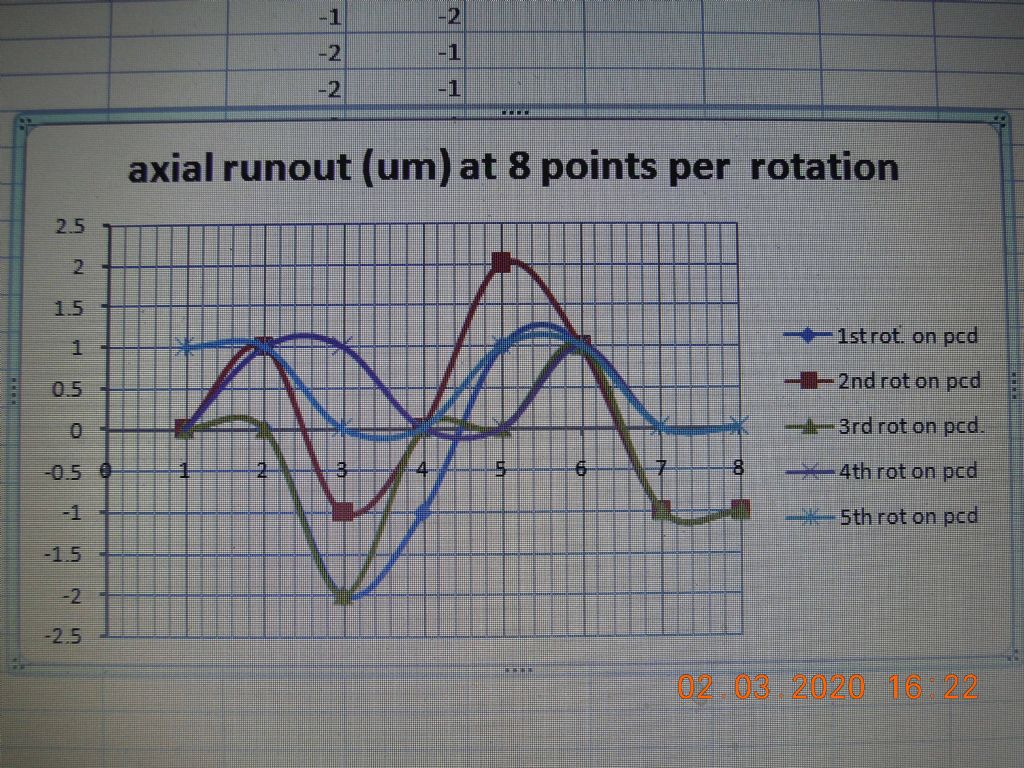
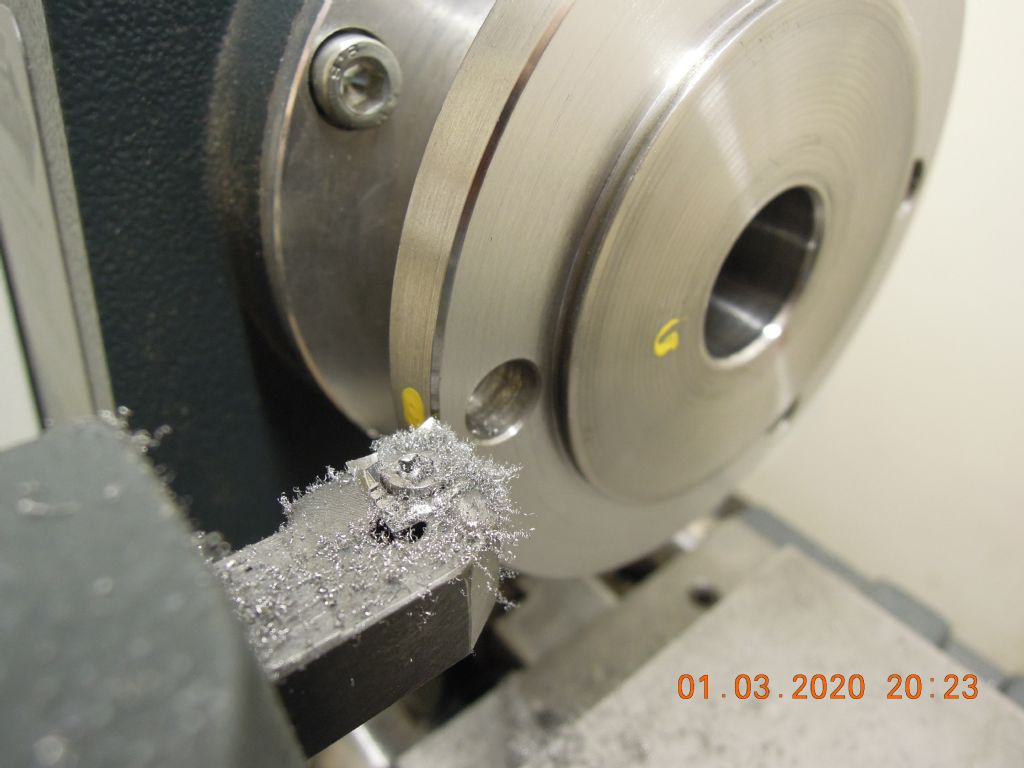
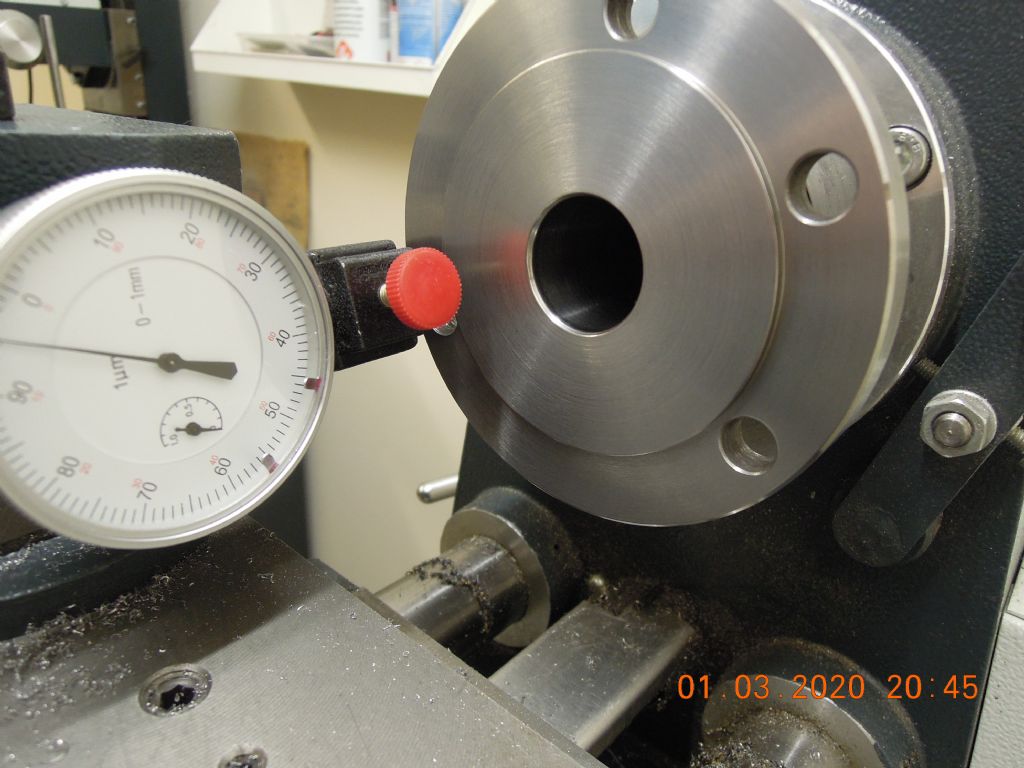
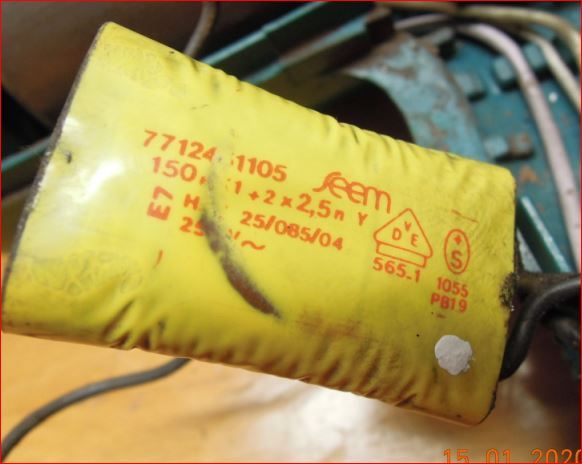
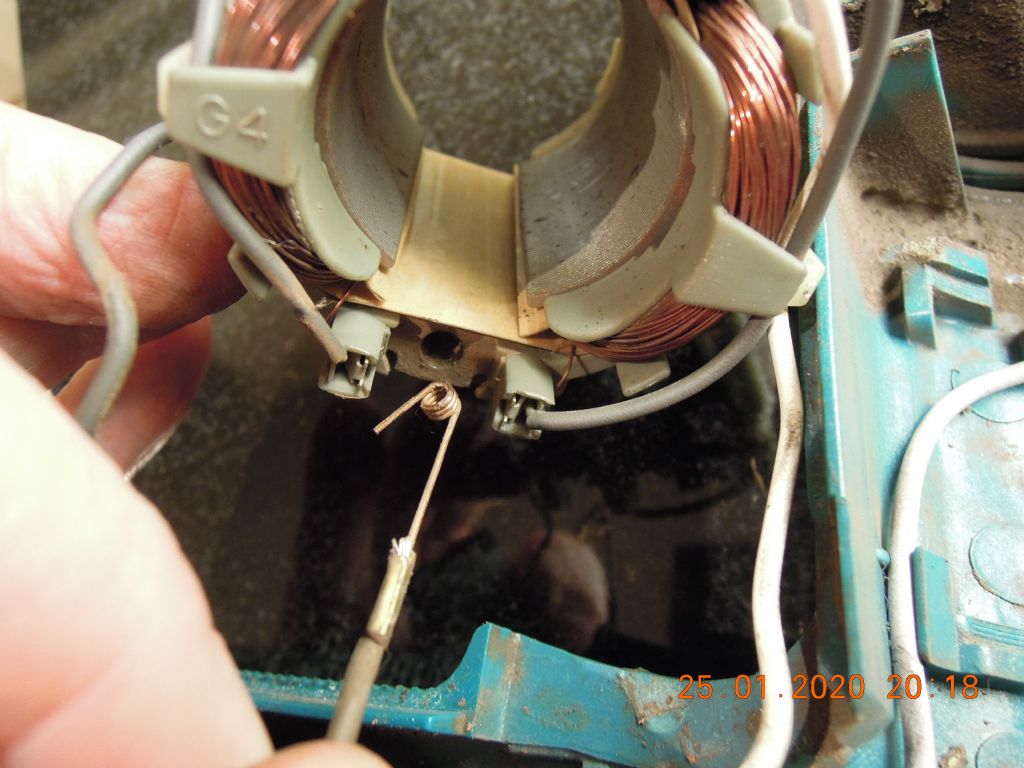
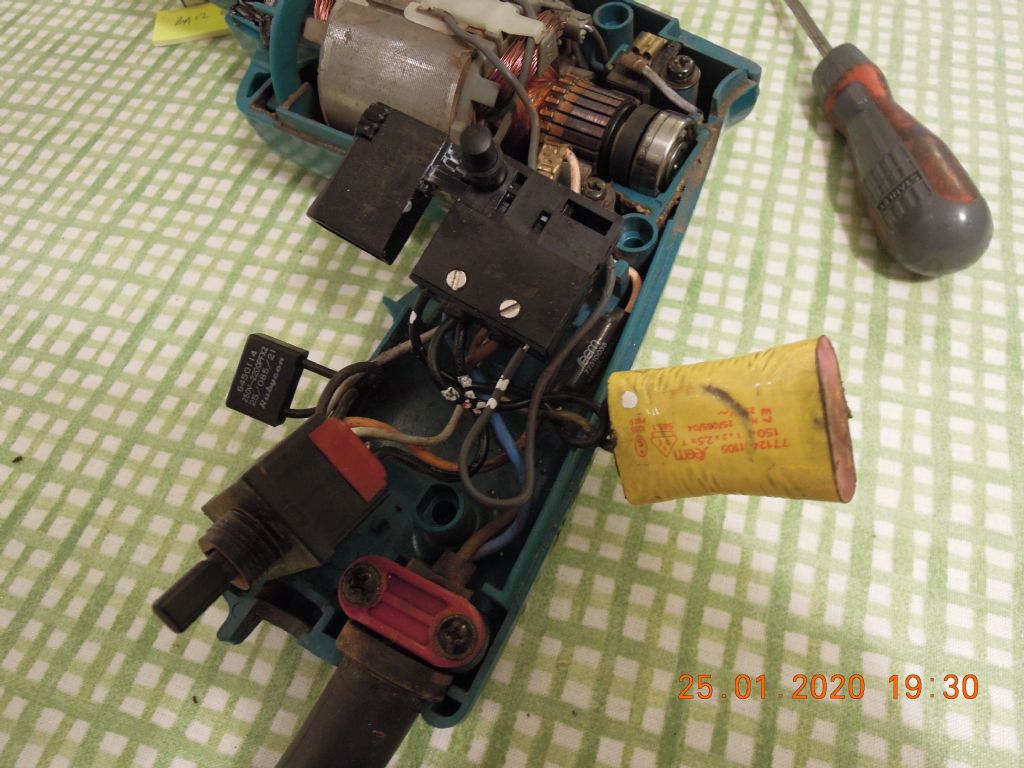









 Register
Register Log-in
Log-in


